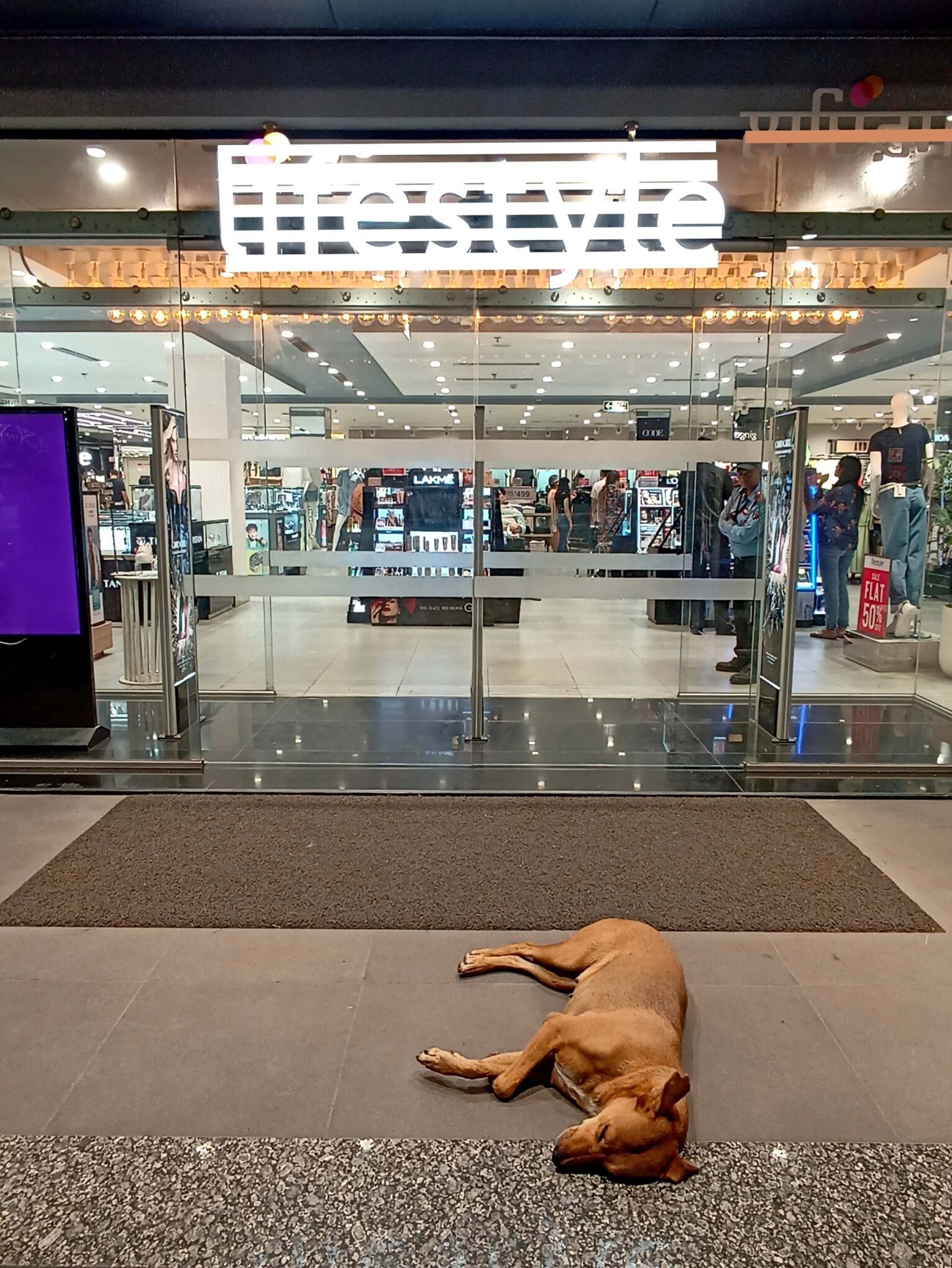A fall can cause a senior person to suffer fractures, including broken spine, hip, arm, leg, ankle, and pelvis. Falls are also responsible for brain injuries in older people. They are also the number one cause of hospital admissions for injuries in older adults. As one grows older, it is more likely that a fall might result in death, admission to a hospital or nursing home, or long-term in-home care. Additionally, once an elderly person has fallen, they may develop a fear of falling again. This can prevent the elderly from going out or enjoying their normal activities, which, in turn, lowers their physical fitness and increases the risk of yet another fall. Falls, however, are not an inevitable part of growing older. Many falls can be prevented by making the home safer and using products that help keep seniors more stable and less likely to fall. Here are the steps one should take to help elders lead a better life, says Rita, in the weekly column, exclusively in Different Truths.
As we age, ensuing physical changes and medical conditions can cause problems with our mobility, or ability to move around. Mobility problems, if ignored, can lead to unsteadiness while walking, difficulty getting in and out of bed or chair, and even falls. Falls are one of the leading causes of death, injury, and hospital admissions among the elderly population and thousands need emergency hospitalisation for fall-related injuries.
What is a Fall?
Falls are among the most common perils that can drastically change the quality of lif e of older adults. Falls are a major threat to a senior’s independent living and increase the risk of an early death. Healthcare professionals consider it a fall if one accidently and unexpectedly lands on the ground — not as a result of a loss of consciousness from a seizure, stroke, or heart problem, or a sudden impact from an outside force — but for some other reason.
e of older adults. Falls are a major threat to a senior’s independent living and increase the risk of an early death. Healthcare professionals consider it a fall if one accidently and unexpectedly lands on the ground — not as a result of a loss of consciousness from a seizure, stroke, or heart problem, or a sudden impact from an outside force — but for some other reason.
Generally, a fall takes place in a familiar environment, while one is carrying out activities of daily living. A fall may even be the first sign of a new illness in an older person.
Reasons of Fall among the Elderly
The leading factors that contribute towards seniors falling more frequently than younger people are:
- Decreased physical activity: Lack of regular exercise results in poor muscle tone, decreased bone mass, loss of balance, and reduced flexibility.
- Poor vision: Age-related vision diseases, as well as not wearing glasses that have been prescribed, causes poor vision, leading to falls.
- Prescription medicines: Taking sedatives, anti-depressants, and anti-psychotic drugs, along with taking multiple medications, can result in drowsiness and considerably increase the risk of falling.
- Diseases: Parkinson’s disease, Alzheimer’s disease, and arthritis cause weakness in the extremities, poor grip strength, balance disorders and cognitive impairment, increasing the chances of a fall.
- Surgeries: Knee or hip replacements and other surgeries leave an elderly person weak, in pain, and less mobile than they were before the surgery, heightening a senior’s risk of falling.
- Environmental hazards: A majority of all falls in the elderly population involve hazards at home that include poor lighting, rugs, and lack of safety equipment.
Danger of Falls in the Elderly
A fall can cause a senior person to suffer fractures, including broken spine, hip, arm, leg, ankle, and pelvis. Falls are also responsible for brain injuries in older people. They are also the number one cause of hospital admissions for injuries in older adults. As one grows older, it is more likely that a fall might result in death, admission to a hospital or nursing home, or long-term in-home care. Additionally, once an elderly person has fallen, they may develop a fear of falling again. This can prevent the elderly from going out or enjoying their normal activities, which, in turn, lowers their physical fitness and increases the risk of yet another fall. Falls, however, are not an inevitable part of growing older. Many falls can be prevented by making the home safer and using products that help keep seniors more stable and less likely to fall.
Preventing Falls in an Elderly Person’s Home
While falls may occur just about anywhere, it has been seen that most falls happen at home. A senior person may fall when they’re least expecting it, while carrying out normal everyday functions. A common item in the home environment can turn out to be a hazard, for example, a dark stairway, a rug, or a piece of furniture. We, at Arogya Home Care (www.arogyahomecare.in), recommend the following preventive measures that caregivers can follow to prevent falls among the elderly members in the family.
- Install safety bars, grab bars or handrails in the shower or bath.
- Put non-skid bath mat on the floor in the shower or bathtub.
- Use a stool riser seat to make getting on and off the toilet easier.
- Install at least one stairway handrail that extends beyond the first and last steps.
- Make sure stairs are sturdy with strong hand railings.
- Be sure that stairwells are well-lit.
- Make the lighting in and around the house brighter.
- Make sure rugs, including those on stairs, are tacked to the floor.
- Remove loose throw rugs that might cause one to trip and fall.
- Avoid clutter and remove any furniture that is not needed to ensure enough room for comfortable walking inside the house. All remaining furniture should be stable and without sharp corners to minimize the effects of a fall.
- Change the location of furniture, so that an elderly person can hold on to something as they move around the house.
- Do not have electrical cords trailing across the floor. Have additional base plugs installed so long cords are not necessary.
- Make sure elderly family members wear non-slip shoes or slippers.
- Make sure all rooms have adequate lighting. Consider motion-sensitive lights that come on when a person enters a room. Use night lights in every room.
- Keep frequently used items in easy-to- reach cabinets.
- Install grab bars near the toilet and in the shower.
- Use a grasping tool to get at out-of- reach items, rather than a chair or stepladder.
- Wipe up spills and remove broken glass immediately.
Source: www.agingcare.com, www.healthinaging.org
©Rita Bhattacharjee
Photo from the Intenet





 By
By
 By
By
 By
By